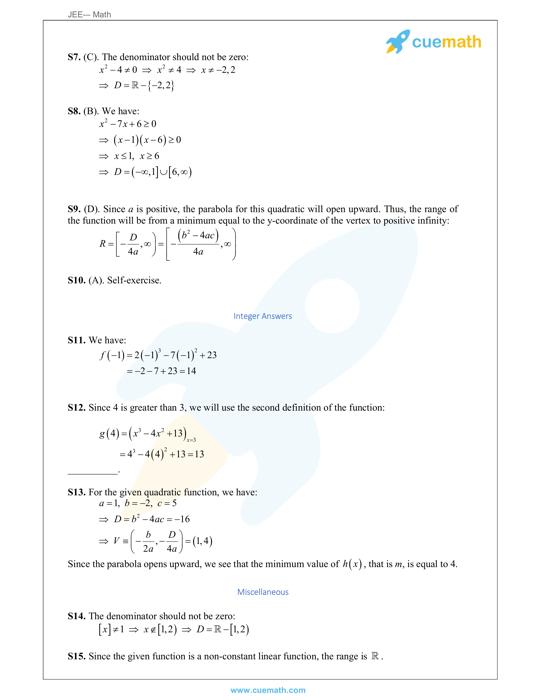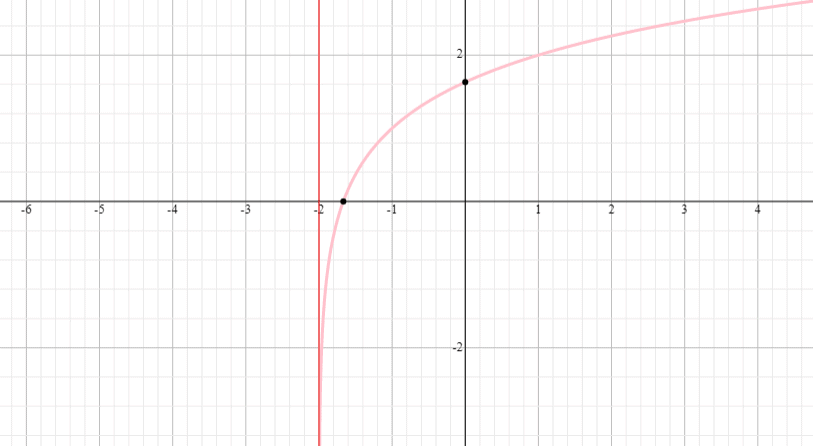
This is because it doesn"t matter, as long as they are both the same. Notice how we haven"t said what the base is.

Logarithms can be used to help solve equations of the form a x = b by "taking logs of both sides". If we are given equations involving exponentials or the natural logarithm, remember that you can take the exponential of both sides of the equation to get rid of the logarithm or take the natural logarithm of both sides to get rid of the exponential. It therefore follows that the integral of 1/x is ln x + c. Ln x is also known as the natural logarithm. Most calculators can only work out ln x and log 10x (usually just written as "log" on the button) so this formula can be very useful. This is a very useful way of changing the base (in this formula, the base does matter!). Parentheses are sometimes added for clarity, giving ln(x), log e (x), or log(x). This is because for the laws of logarithms, it doesn"t matter what the base is, as long as all of the logs are to the same base.Īnother important law of logs is as follows. The natural logarithm of a number is its logarithm to the base of the mathematical constant e, which is an irrational and transcendental number approximately equal to 2.718 281 828 459.The natural logarithm of x is generally written as ln x, log e x, or sometimes, if the base e is implicit, simply log x. NB: In the above example, I have not written what base each of the logarithms is to. The properties of indices can be used to show that the following rules for logarithms hold: Remember that e is the exponential function, equal to 2.71828… It is generally recognised that this is shorthand: You may often see ln x and log x written, with no base indicated. Logarithms are another way of writing indices. Notice that lnx and e x are reflections of one another in the line y = x. In the diagram, e x is the red line, lnx the green line and y = x is the yellow line. Like most functions you are likely to come across, the exponential has an inverse function, which is log ex, often written ln x (pronounced 'log x'). In other words:īecause of this special property, the exponential function is very important in mathematics and crops up frequently. And then they asked us take the derivative what we have the base 10 log of X, and that's just winds up being one over X times natural log 10.The exponential function, written exp(x) or e x, is the function whose derivative is equal to its equation. log1p(x) computes (log(1+x)) accurately also for (x ll 1). So just basically making our argument X, then this just becomes X. The general form log(x, base) computes logarithms with base base. Child class is the class that inherits from another class, also called derived class. So we have f crime as a function of G F X is one over G prime effects, which is one over the natural log of B times G of X. Parent class is the class being inherited from, also called base class. And so now we can differentiate both sides of this and use the chain rule here. So now we know F of G of X because log to the base B of B F X, which is the exponential rules X times log base B of B. So and so it's like it's like, well, you know, if we were even this is gonna be one, right? So e now let's see here.

So that shows us that, you know, G prime of X equals natural log of B times B of X. I think I've mentioned before that, you know, you don't really have these log with differentiation and this is a general rule for it. We can show that this one is being G prime of X equals natural log of B times B of X. And so we can show that by basically taking uh log the natural log of both sides.

So I think in the previous exercise, which I didn't do, well I didn't do make video for, we have G. We were asked to derive um well show the derivation of the derivative of the natural the log base B of X.


 0 kommentar(er)
0 kommentar(er)
